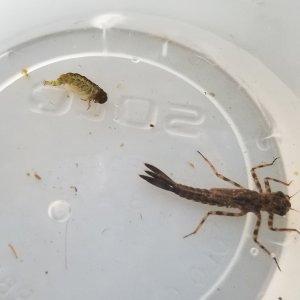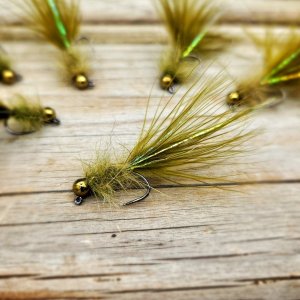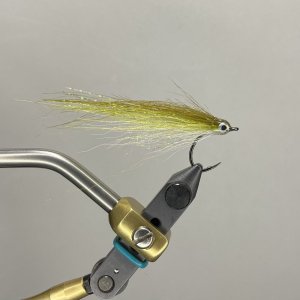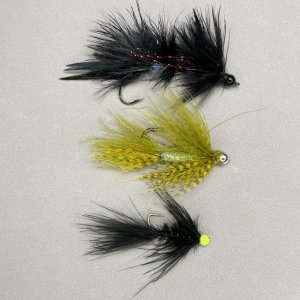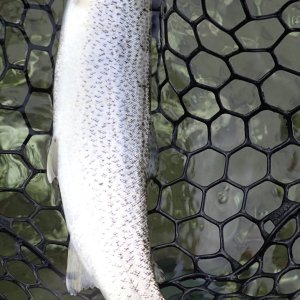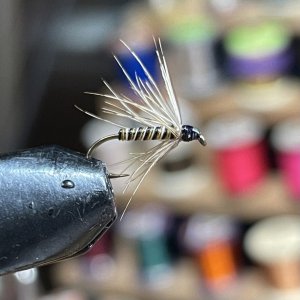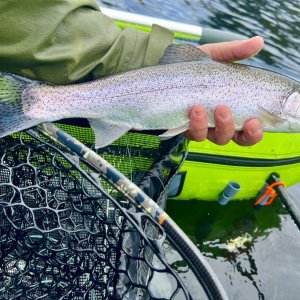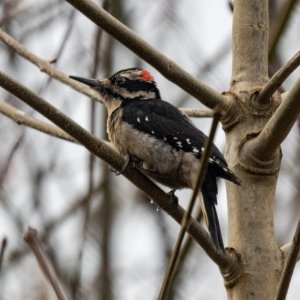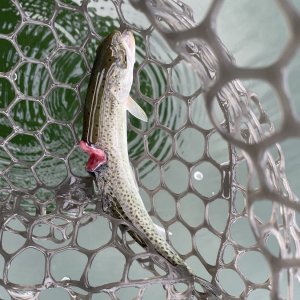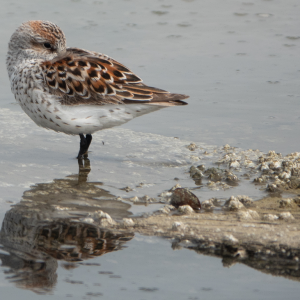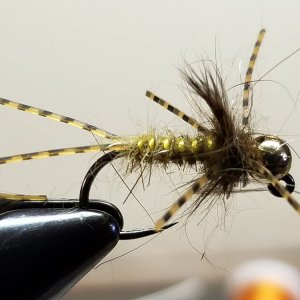Pretty clear that 2023 has developed into another great pink year. For those of us that track pink abundances the 2000s are dramatically better than the previous 50 years.
As interesting as the shift in abundance is the shift in distribution. Based on historic abundances escapement goals were established in the 1960s, below is a comparison of those escapement goals with the 2023 wild forecasts
Nooksack escapement goal is 50,000 and the forecast is 25,000 or 0.50 times the goal.
Skagit escapement goal is 330,000 and the forecast is 552,000 or 1.67 times the goal.
Stillaguamish escapement goal is 155,000 and the forecast is 200,000 or 1.29 times the goal.
Green river, no escapement goal (prior to 2001 rare to see pinks in the basin, the forecast was 821,000.
Puyallup escapement goal is 19,000 and the forecast is 397,000 or 20.89 times the goal.
Nisqually escapement goal is 6,000 and the forecast is 454,000 or 75.67 times the goal.
The Straits populations escapement goal is 95,000 and the forecast is 365,000 or 3.84 times the goal.
Hood Canal populations escapement goal is 125,000 and the forecast is 493,000 or 3.94 times the goal.
I wonder what the changes in the environment of south Sound have occurred that contributed to the dramatic increases in those populations.
Curt
As interesting as the shift in abundance is the shift in distribution. Based on historic abundances escapement goals were established in the 1960s, below is a comparison of those escapement goals with the 2023 wild forecasts
Nooksack escapement goal is 50,000 and the forecast is 25,000 or 0.50 times the goal.
Skagit escapement goal is 330,000 and the forecast is 552,000 or 1.67 times the goal.
Stillaguamish escapement goal is 155,000 and the forecast is 200,000 or 1.29 times the goal.
Green river, no escapement goal (prior to 2001 rare to see pinks in the basin, the forecast was 821,000.
Puyallup escapement goal is 19,000 and the forecast is 397,000 or 20.89 times the goal.
Nisqually escapement goal is 6,000 and the forecast is 454,000 or 75.67 times the goal.
The Straits populations escapement goal is 95,000 and the forecast is 365,000 or 3.84 times the goal.
Hood Canal populations escapement goal is 125,000 and the forecast is 493,000 or 3.94 times the goal.
I wonder what the changes in the environment of south Sound have occurred that contributed to the dramatic increases in those populations.
Curt


